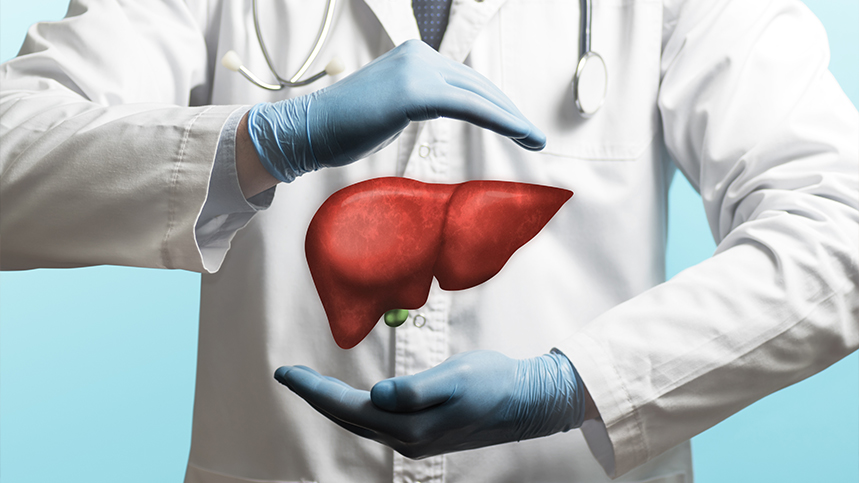Vitamin D deficiency occurs when the level of Vitamin D in your body is extremely low. Vitamin D is produced by skin exposed to ultraviolet B radiation or obtained from dietary sources, including supplements.
Role of Vitamin D
Lack of an optimum Vitamin D level impairs calcium absorption, which causes your bones to become thin and brittle, thereby increasing the risks of osteoporosis and fractures due to falls and fragility(non-traumatic fractures). In addition to calcium, inadequate levels of Vitamin D also affect the absorption of phosphorus in your body, causing accelerated bone demineralization. Some studies have shown an association between vitamin D deficiency and cancer, cardiovascular disease, diabetes, autoimmune diseases, and depression.
Types of Vitamin D
Vitamin D exists in two forms: Vitamin D2 and D3. Vitamin D2 is acquired from dietary vegetable sources and oral supplements, whereas Vitamin D3 is obtained from skin exposure to ultraviolet radiation(UVB) in sunlight, ingestion of food sources such as oily fish and fortified foods (milk, juices, cereals, and soy), and oral supplements.
Signs and Symptoms of Vitamin D Deficiency
One may not experience any signs or symptoms of vitamin D deficiency. However, some people suffer from fatigue, bone pain, muscle cramps or aches, and mood changes such as depression. Vitamin D deficiency in children can cause irritability, lethargy, developmental delay, bone changes, and fractures.
Who Should Get Tested for Vitamin D
Vitamin D deficiency often remains un-diagnosed and untreated. Testing for Vitamin D deficiency is especially beneficial for people who are at high risk for severe deficiency. People who have a decreased intake of vitamin D due to reduced oral intake, malnutrition or limited sun exposure have an increased risk. Even after adequate sun exposure, vitamin D production can be hampered by altitude, cultural dress habits, season, sun avoidance, and sunscreen protection. Additionally, people who have impaired absorption (malabsorption) due to pancreatitis, inflammatory bowel disease, amyloidosis, and malabsorptive bariatric surgery procedures are unable to utilize Vitamin D. Other risk factors for low vitamin D levels include use of anti-epileptic medications, severe liver disease or failure, renal insufficiency, and nephrotic syndrome. Vitamin D tests in people who are in the high-risk category ensures accurate assessment of vitamin D levels and the subsequent treatment planning.
Optimal Range
Levels of Vitamin D is best determined by measurement of the 25-hydroxyvitamin D concentration in the blood. The reference range for Serum 25-hydroxyvitamin D:
| Values |
Interpretation |
| 10 ng/mL |
Severe Deficiency |
| 10-24 ng/mL |
Mild to Moderate Deficiency |
| 25-80 ng/mL |
Optimal |
| >80 ng/mL |
Possible Toxicity |










